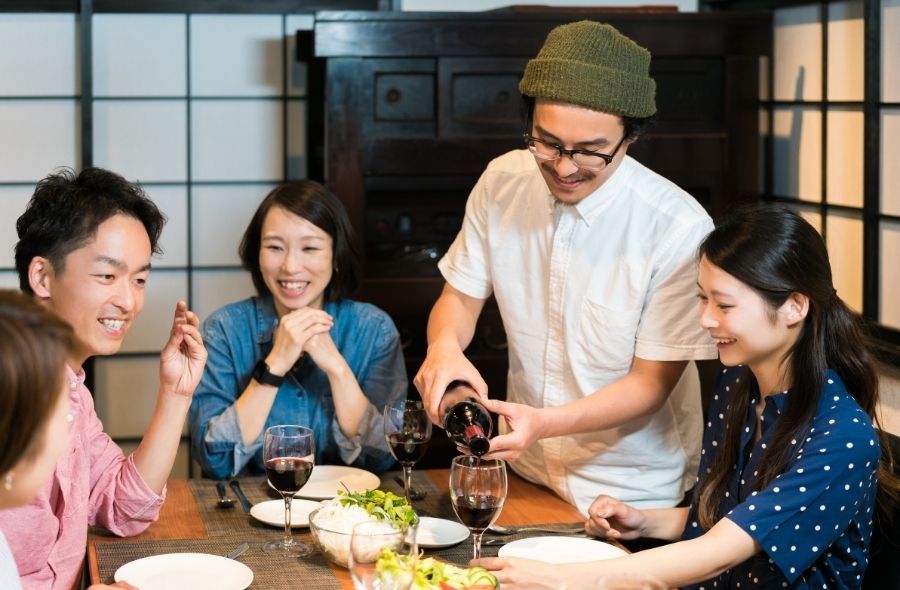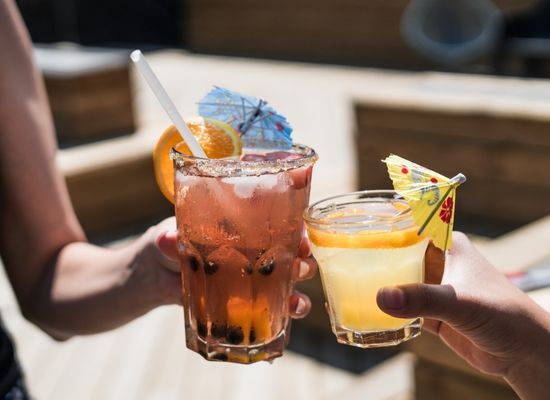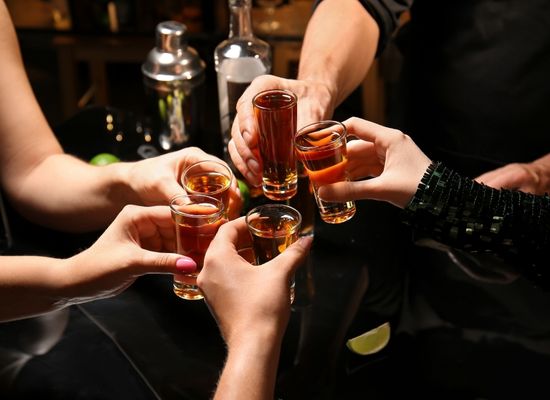May, 2024
San Francisco, USA

Drinking habits have changed over time and people are more health conscious than before which has led to more consumption of low or no alcoholic beverages. Youngsters are a big influence over the beverage market and modernization has changed the habits of customers leading to low alcohol consumption. About one-third of drinkers are actively moderating drinking alcohol with an aim for a better health and lifestyle. Today, many companies are launching new products while respecting new consumer needs, leading to innovative products creating a boom in the demand for low/no alcoholic drinks. Over the last couple of years, we have seen tremendous growth in this industry, creating a way for the low/no alcohol industry.
One of the most common reasons people drink low/no alcoholic beverages is that it enables them to drive home and people tend to go for non-alcoholic drinks as they do not want to drink excessively at social events. Well, some well-known mixologists and bartenders such as Warren Bobrow are now promoting non-alcoholic drinks and cannabis-infused mocktails. Drinkers say it tastes better than alcoholic beverages and it won’t be wrong to say that the taste of non-alcoholic drinks has improved over these years.
According to IWSR analysis, people having a negative impact after consuming alcohol are trying to moderate their drinking to avoid bad experiences in future, leading some consumers to switch to low/no alcohol beverages which are offering a market for companies. It is also seen that consumers are ready to pay more for their health and there is an increasing demand for low or no alcoholic drinks amongst people with health illnesses.
Over these years most companies in the market need alcohol adjustments for their products, which is a big market and very few companies go for low or no alcohol. Any beverage containing 0-0.5% ABV is a non-alcoholic beverage whereas 5.5-10% is considered a low alcoholic beverage. About 10% of the beverage brands in the US are processing their beverages to reduce the alcohol content making it into the category of low/no alcohol beverage.
Beer holds the largest share in the low/no alcoholic market which is about 75% and is expected to grow more in the upcoming years which according to statistics, will lead to an increase in low/no alcohol beer consumption. Non-alcoholic beer contains almost no alcohol and is said to have health benefits such as reducing stress and anxiety, rehydrating the body and also improving copper metabolism which is leading to more consumption of non-alcoholic beer.

The wine category on the other hand is an exception as the no alcohol does change the taste and most of the wine companies prefer to go for a low alcohol process to reduce the alcohol rather than zeroing down the alcohol, as it changes the structure and imbalances the wine. It is essential to have an open mind while tasting non-alcohol wine as the structure is different with more subtle fruit flavours. Still, the wine industry holds a good market share for low-alcohol wines and is growing day by day. The non-alcoholic drinks market is expected to show a volume growth of 1.4% in 2023 and many companies are getting into the market to capitalise and are launching new products. According to the IWSR, the no-alcohol RTDs and no-alcohol spirits are both expected to post above 14 percent CGAR volume growth.
We can expect a boost in the business this year and in the upcoming years, as there is a need for such products and big brands such as Gordons, Tanqueray and Yellow Tail have entered the market. “One of the most interesting things we have seen is the launch of entrepreneurs in the non-alcoholic space, the more that have come to market and the quality products that have come to market the more the larger players are interested in getting into the market,” says Debbie Novograd, CEO at BevZero. As new products are getting into the market, more consumers want them and new brands are coming into the market to fulfil these needs.
Let’s take a look at the challenges with low/no alcohol beverages:
~As alcohol acts as a preservative, shelf life is a major issue while working with low/no alcoholic beverages.
~The taste of beverages changes completely without alcohol and it will be a task to shift drinkers to try zero ABV drinks.
~Price is a barrier, as the non-alcoholic beverage costs are almost similar to the alcoholic beverage.
~The production of these beverages can be difficult; to produce non-alcoholic beverages having the same intense, complex flavours as the alcoholic beverage and the kick of alcohol is difficult to maintain.
~It is difficult to work with wines as only suitable grape varieties can be used for the base wine and most of the acids and tannins are concentrated while processing.
Sober Bars are in trend and are increasing in number, helping people maintain sobriety and enjoy the nightlife. It is a safe place for people dealing with addiction and is for anyone who doesn’t want to drink. Sober bars also known as temperance bars are the best place to enjoy for people who cannot drink due to health issues, religious reasons, pregnancy and any other. The GenZ and millennials are in the forefront and influence the sober bar era helping to lead a healthy life. Denver, Texas, Florida, San Francisco and New York are some of the major cities with sober bars and the market reflects the rise in the number of these sober bars.

Even if this is an alcohol-free space, not all of them cater for kids, well some sober bars make an exception but most bars need valid proof only allowing people above drinking age to enter the bar. The goal is to create an atmosphere the same as a bar with the only difference is there will be no booze. Bartenders take it as a challenge and are focusing on making innovative new craft cocktails. If you are below minimum age for drinking and want to host a party with friends, this is the place you should look forward to.
Durvank Naik, Content Writer, Beverage Trade Network.